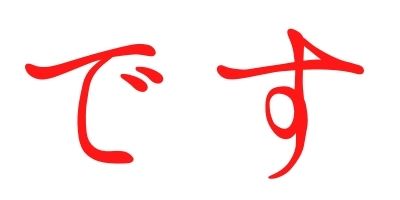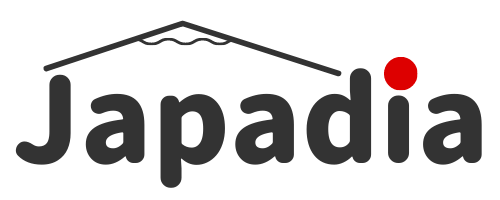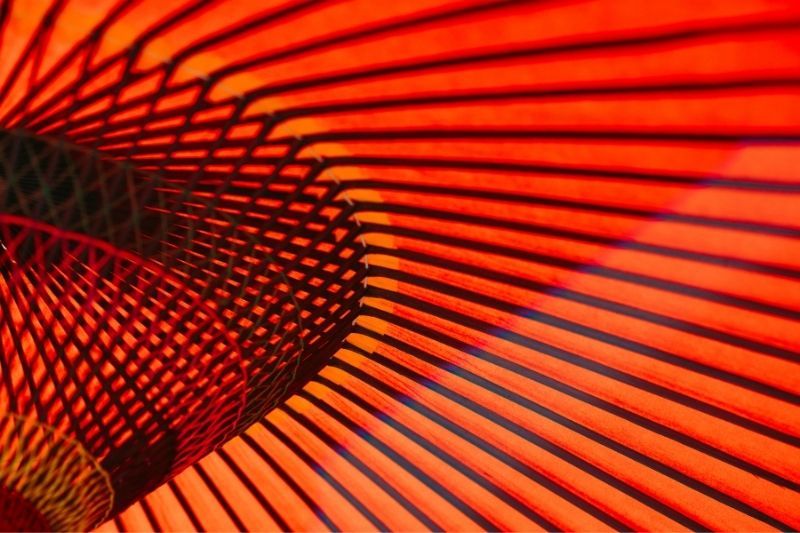Do you know that there are 71 basic hiragana including 46 clear sounds, 20 dull sounds and 5 half-dull sounds?
Compared to other languages, the number of characters that are used in Japanese language is quite large.
You might wonder which character you should learn first.
So let me introduce 10 hiragana you should definitely learn first to facilitate your Japanese learning.
Contents
10 Most common Japanese hiragana
は “ha/wa”

は is tricky because は has two pronunciations: “wa” and “ha”.
While は is pronounced “wa” as a particle, it is pronounced “ha” as a part of a word.
| 私は 学生です watashi wa gakusei desu. / I’m a student. | |
| こんにちは konnichiwa / Hello | |
| はな(花) hana / flowers |

を ”wo” is placed after a noun that is an object of transitive verbs.
を ”wo” is a kind of classic characters and rarely used in a word today but it plays an important role in grammar.
Be aware that the pronunciation of を “wo” is same as お “o”.
| 本を 読みます hon wo yomimasu / I read a book. | |
| お茶を 飲みます ocha wo nomimasu / I drink tea. |
か “ka”

か “ka” makes a question by being placed at the end of a sentence.
| 元気ですか Genki desuka / How are you? | |
| これは 何ですか korewa nan desuka / What’s this? |
へ “e/he”

へ has two pronunciations: “e” and “he”.
While へ is pronounced “e” as a particle to show a destination, it is pronounced “he” as a part of a word.
| 学校へ 行きます gakkou he ikimasu / I go to school. | |
| 歌が へたです utaga heta desu / I’m poor at singing. |
で “de”, す “su”

You may learn です “desu” in an early stage of your Japanese learning because です is an ending part of a sentence in a polite way.
| わたしは 元気です watashi wa genki desu / I’m fine. | |
| これは 何ですか korewa nan desuka / What’s this? |
あ “a”, お “o”

あ “a” and お “o” are both vowels and look alike. Many beginners are confused with あ and お.
| あおい aoi / blue | |
| おかあさん okaasan / mother |
の “no”

の “no” is a particle to indicate ownership. It is also used as a modifying particle.
Japanese learners need to use の “no” in an early stage of their learning.
| これは 私のペンです korewa watashinopendesu / This is my pen. | |
| これは 日本語の 本です korewa nihongo no hon desu / This is a Japanese book. |
に “ni”

に “ni” is a particle to indicate place and purpose.
| うちに います uchini imasu / I’m at home. |
|
| 学校に 行きます gakko ni ikimasu / I go to school. |
Learn more about Japanese
There are more secrets and tips about Japanese writing. If you want to learn more, you can find teachers here.

